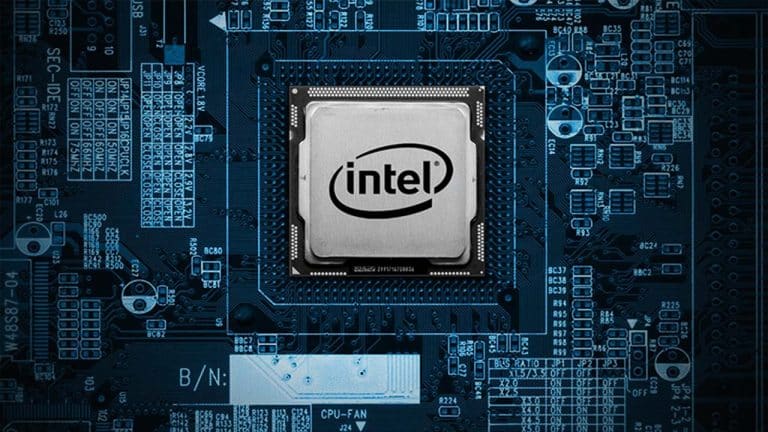Contents
What exactly does the “nm” stand for?
Transistors are the building blocks of the central processing unit (CPU) that you use on a regular basis, whether in a mobile phone, a smart speaker, or a laptop. Millions of tiny transistors, which are essentially electrical gates that flip on and off to conduct various computations, are used to make up the device. A nanometer (nm) is a tiny measure of length, and the “nm” parameter refers to the size of the little transistors that make up a computer’s central processing unit (CPU) and their spacing (or distance) from one another. These CPUs are manufactured using a technique known as “Fabrication,” which is also known as “process technology” or “CPU lithography.” The process of producing these CPUs is known as “Fabrication.”
For instance, Intel’s 10nm processors, which were introduced last year, are created using 10nm transistors, while Apple’s A12X Bionic and AMD’s new CPUs, which are both 7nm transistors, are built using 7nm transistors.
History of Processor Size
The process sizes of desktop CPUs in the early 2000s were as big as 42nm, which sounds excessive in comparison to today’s process sizes. Then there were the 28nm process nodes, and then there were the 22nm process nodes. During the 2000s, the size of a transistor shrank by half almost every two years, on average. Since 2013, desktop processors have been shrinking at a nearly constant rate. Then, in 2018, Intel introduced its 10nm Sunny Cove processors, while AMD followed suit shortly after with their smaller 7nm CPUs (based on TSMC’s 7nm technology).
In the case of smaller processes, the same holds true. In the last decade, mobile processors have shrunk from 14nm to 7nm (Apple A12X Bionic) and are even smaller. According to reports, Qualcomm, the world’s largest mobile processor manufacturer, is already using the 7nm technology for the bulk of its new CPUs, and Apple is expected to sell phones with 7nm processors for at least a couple of years. Honor has also made the switch to the 7nm process with its Kirin 980 processor. In 2019, Samsung also introduced the Exynos 9825 CPU, which was the first mobile CPU to be produced on the 7nm process utilizing EUV (extreme ultraviolet) (extreme ultraviolet lithography). In a similar manner, MediaTek revealed a 7nm CPU for release in 2019.
Although 7nm is presently the market trend and the standard that PDAs will follow for at least a couple of years, TSMC and Samsung have already said that they are working on 6nm, 5nm, and even 4nm technologies.
What is the significance of smaller processes?
The reason why everyone prefers smaller transistors is that they perform better than their larger counterparts. For example, smaller transistors will take up less physical space, allowing you to pack in more transistors, which in turn results in more powerful processing. Second, smaller transistors will require less energy, resulting in a reduction in overall electrical consumption. And finally, because of the decreased power consumption, there is less heat dissipation, which results in cool CPUs.
The most significant gains will be seen in mobile processors as a result of these smaller processes. The performance of the computer is important, but so is the efficiency of the power supply. Theoretically, a 7nm device can offer 25 percent greater performance than a 14nm chip while using half the amount of energy. Even though it is passively cooled, the Apple A12X has already proven to be superior to several desktop CPUs in benchmark tests.
The process of downsizing these processes, on the other hand, is not as straightforward as it appears. Producing more accurate tools and equipment is required to make smaller transistors, which is why processors based on smaller processes will be more expensive than earlier, bigger processors.
As we see manufacturers rush towards 4nm, we should expect pricing to return to sanity over time. With its EUV roadmap in place, Samsung is confident in its ability to be the first company to unveil a 4nm process.
But what happens after 4nm? 2nm? Or what happens after 1nm? Well, how far technology “shrinks” is something we will all have to observe, and we shall in due course.

